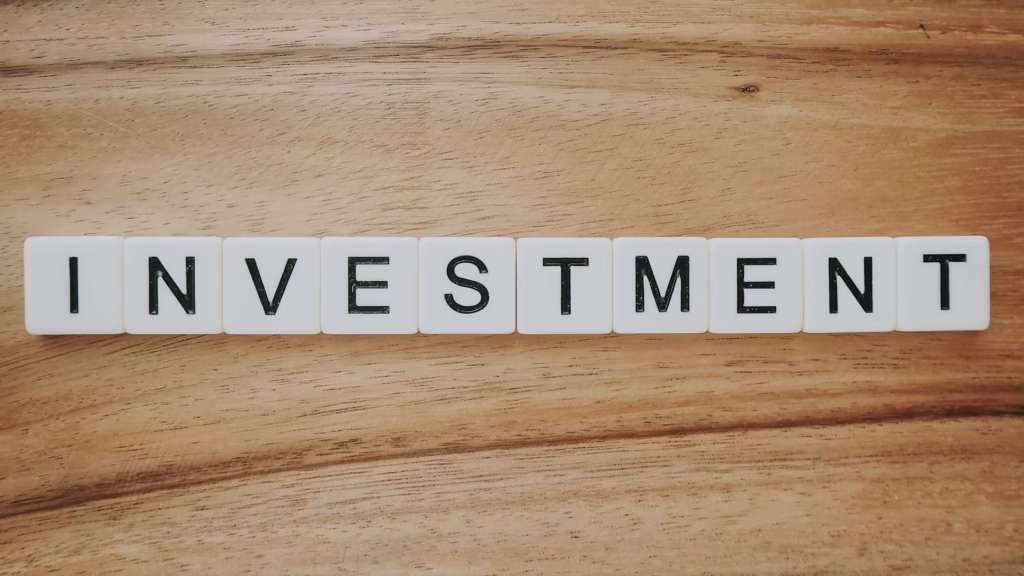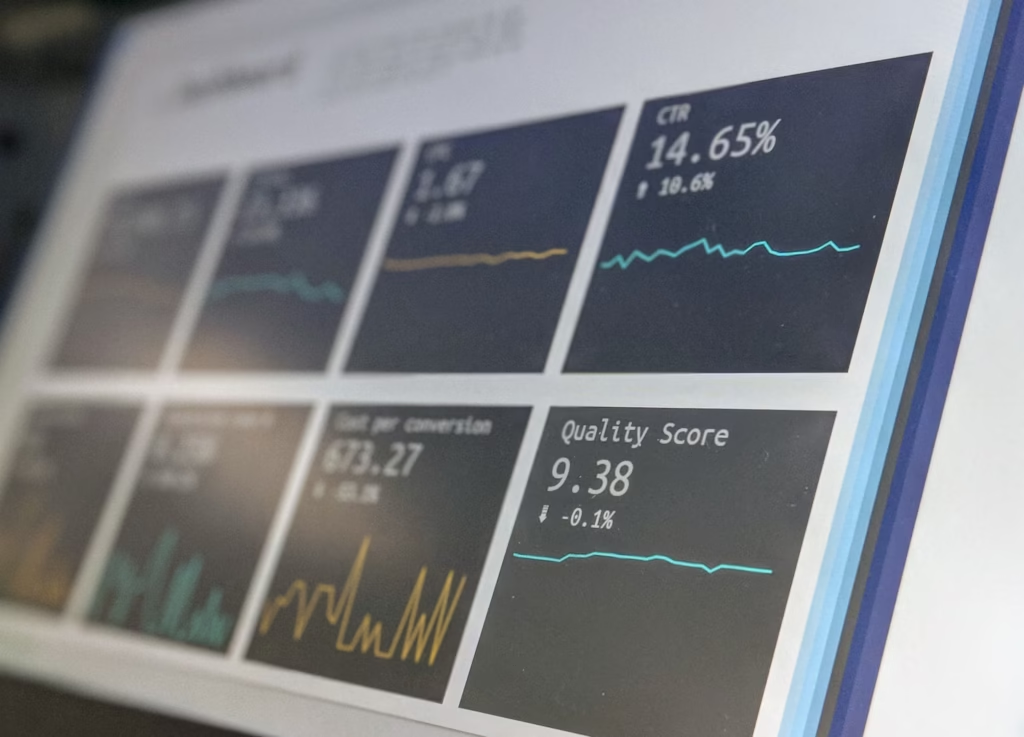Equity Linked Savings Schemes (ELSS) are a powerhouse in the world of mutual funds, offering a rare blend of tax efficiency and wealth growth. By investing in equities and equity-related instruments, ELSS funds aim to deliver superior long-term returns while helping you save up to ₹1.5 lakh annually under Section 80C of the Income Tax Act. With a short 3-year lock-in period and tax-free long-term capital gains, ELSS stands out as a versatile tool for goals like retirement planning, education funding, or buying a home.
Why ELSS Mutual Funds Outperform Traditional Tax-Saving Options
Higher Returns vs. PPF/FDs
Unlike fixed deposits (FDs) or Public Provident Fund (PPF), which offer fixed but lower returns (6-8%), ELSS funds tap into equity markets. Historical data shows ELSS delivering 12-15% CAGR over 5+ years, leveraging compounding and market growth.
Flexible Lock-In Period:
ELSS has the shortest lock-in (3 years) among Section 80C options, compared to PPF (15 years) or NSC (5 years). Post-lock-in, you can redeem units or stay invested for compounded growth.
Tax Efficiency:
Deduction: Save up to ₹46,800 (under 30% slab) by claiming ₹1.5 lakh investments annually.
Tax-Free Gains: Profits after 3 years are entirely tax-free (LTCG up to ₹1 lakh is exempt; post-₹1 lakh taxed at 10%).

5 Key Advantages of ELSS Investments
SIP Flexibility
Start with as little as ₹500/month via SIPs. This reduces market timing risks through rupee cost averaging and instills disciplined saving habits.
Professional Fund Management
Expert managers diversify portfolios across sectors, minimizing risks while targeting growth stocks.
Power of Compounding
A monthly SIP of ₹10,000 at 12% CAGR grows to ₹23.2 lakh in 10 years—nearly double your investment.
Beat Inflation
Equity returns historically outpace inflation, preserving purchasing power over decades.
Goal-Based Investing
Align ELSS with long-term goals (e.g., 10+ years for retirement) to maximize equity’s growth potential.

ELSS vs. Other Tax-Saving Instruments: A 2025 Comparison
| Instrument | Lock-In Period | Expected Returns | Tax on Returns | Liquidity |
|---|---|---|---|---|
| ELSS | 3 years | 12-15% CAGR | Tax-free* | High |
| PPF | 15 years | 7-8% | Tax-free | Low |
| Tax-Saving FDs | 5 years | 6-7% | Taxable | Low |
| NSC | 5 years | 7-7.5% | Taxable | Low |
*LTCG over ₹1 lakh taxed at 10%.
How to Choose the Best ELSS Fund in 2025
- Track Record: Opt for funds with consistent 5+ year returns above benchmark indices.
- Expense Ratio: Lower ratios (<1.5%) mean higher net returns.
- Fund House Reputation: Prioritize AMCs with strong risk-adjusted returns (e.g., Axis, Mirae, Parag Parikh).
- Portfolio Diversification: Check sector allocation (avoid overexposure to volatile sectors like tech).
Step-by-Step Guide to Investing in ELSS
- KYC Compliance: Complete e-KYC via Aadhaar/PAN.
- Select Fund: Use tools like Value Research or Morningstar for ratings.
- SIP/Lump Sum: Start a SIP for disciplined investing or invest a lump sum before March 31 for annual tax claims.
- Monitor: Review performance annually but avoid frequent switching.

Risks & Mitigation Strategies
- Market Volatility: Use SIPs to average costs during downturns.
- Lock-In Timing: Align redemptions with post-3-year market highs.
- Diversify: Pair ELSS with debt funds or gold for a balanced portfolio.
FAQs: Addressing Common Investor Queries
Can I exit ELSS after 3 years?
Yes, but staying invested longer enhances compounding benefits.
Are ELSS returns guaranteed?
No—returns depend on market performance, but historical trends favor equities long-term.
How does a SIP calculator help?
It estimates future corpus using variables like SIP amount, duration, and expected returns (e.g., ₹10,000/month for 10 years at 12% = ₹23.2 lakh).
Final Words
ELSS mutual funds are a strategic choice for investors seeking tax efficiency and equity-driven growth. With the dual advantage of Section 80C deductions and the potential for inflation-beating returns, they’re ideal for building wealth while minimizing tax outflows. Pair ELSS with SIPs and a long-term horizon to unlock their full potential.
Pro Tip: Use an SWP (Systematic Withdrawal Plan) post-lock-in to generate tax-efficient income during retirement!

